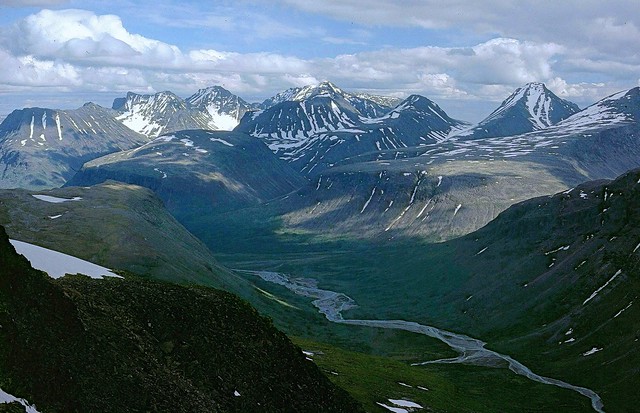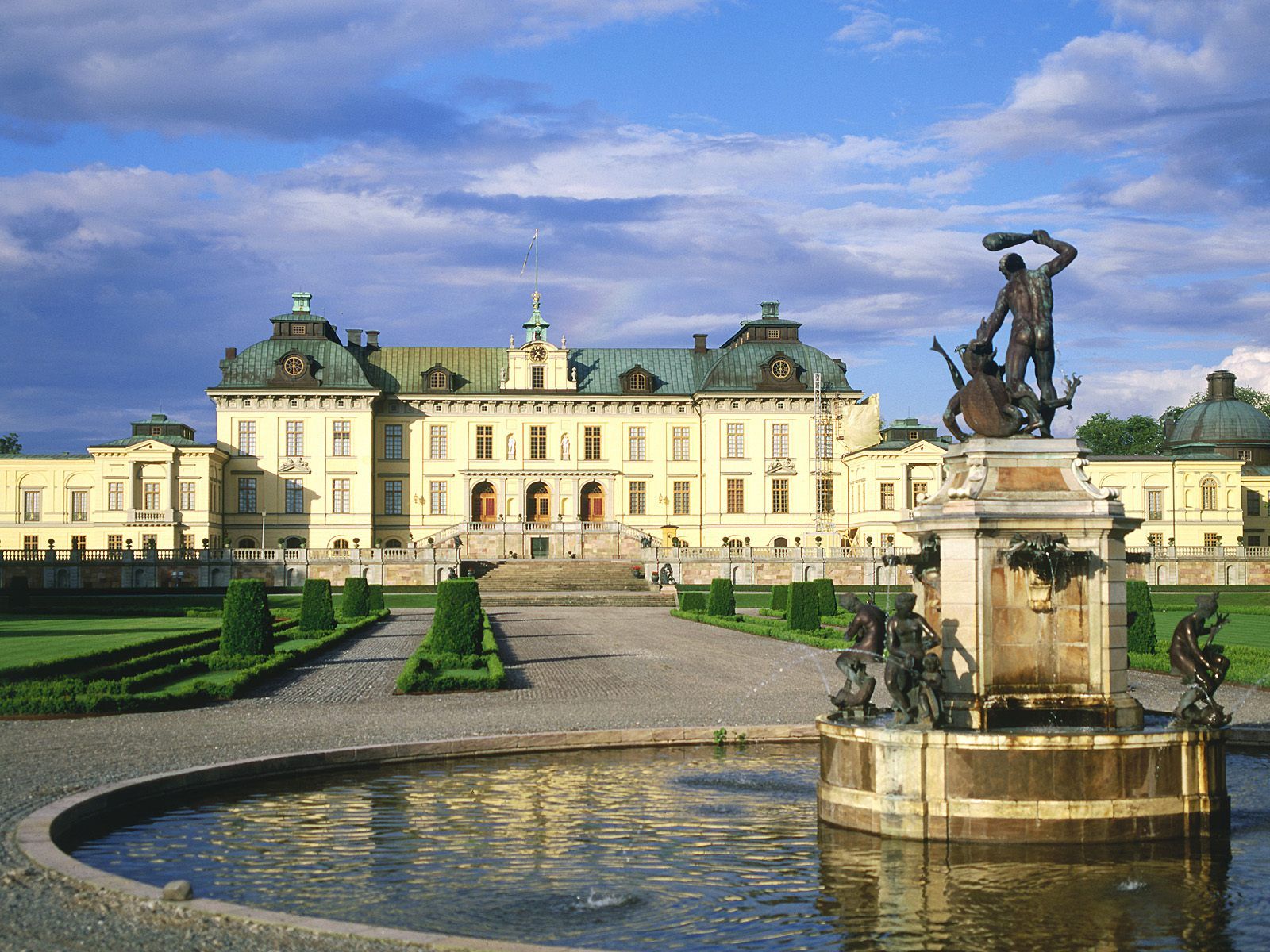

The sophistication of the city and the charm of the village. From berserker Vikings to Nobel Prize in just a few centuries - Sweden really has earned its reputation as a model for progressive society. Throw in its gorgeous people, high standard of living, clean-lined design and magically archipelagic capital, Stockholm, and you're onto a very good thing.


Sweden is the biggest sausage in the Scandinavian sizzle, covering an area of 450,000 sq km (175,500 sq mi). The dominant characteristics of the landscape can be attributed to glacial activity. The 7000km-long (4330mi) coastline, particularly in the west and near Stockholm, is constantly cut by fjords (long, narrow sea inlets). Lubbers rue that it doesn't get much drier inland, with about 100,000 lakes plugged into Sweden. The islands of Ö land and Gotland, south of Stockholm, consist of flat limestone, but they're sand-fringed and have been turned into beachy retreats for urban escapees. Norrland (a practical term for the northern 60% of the country) is sparsely populated, comprising a near-uniform expanse of forest, river and rapid. Norway provides a natural frontier to the west on the other side of Skanderna, Sweden's modest mountain range. Sweden's highest peak is the glacier-capped northern peak of Mt Kebnekaise at 2111m (6924ft).

Capital: Stockholm
King: Carl XVI Gustaf
Prime Minister: Fredrik Reinfeldt
Government: Constitutional Monarchy
Time zone: GMT +1
Area: 449964
Population: 9024186
People: 90% Swedes, 3% Finns, 0.15% Sami (indigenous Lapp inhabitants)
Languages: widely spoken predominantly Lutheran (87%)
Currency: Swedish Krona (Sk)
Major industries: Forestry, mining, agriculture, engineering and high tech manufacturing, telecommunications, IKEA
Major Trading Partners: EU, US
Daylight Saving: From last Sunday in March to last Sunday in October
Country Dialing Code: 46

The main international airport is Arlanda, half an hour's bus ride north of Stockholm. There are daily services to and from most European capitals. Most flights from North American and Asian centres fly through Copenhagen, where you may have to change planes. The airport departure tax is included in ticket prices. Buses and trains link up with ferries to provide services to and from Sweden, Denmark, Finland, Norway, Germany, Poland, Estonia and the UK. Swedish ports of entry include Gothenburg, Helsingborg, Malm ö and Stockholm, although ferries from northwest Finland head straight for Ume å and Skellefte å in northern Sweden and services to Germany leave from Trelleborg.

Daily domestic flights crisscross the country, but Sweden's extensive bus and train systems render flying unnecessary unless you're really pressed for time. Trains are the basis of Swedish transport outside cities, serving regional centres more quickly than buses. Buses are often the only option once you get off the beaten track. Swedish roads are of a high standard, marred only by their popularity with moose, reindeer and elk around dawn and dusk. You need only a recognised full licence to drive in Sweden: an international licence is unnecessary. Women should ask for discounts (tjejtaxi) in Stockholm taxis at night. The motorways are not open to cyclists but the long, specially designed and scenic cycle routes are better anyway. Archipelago boats sail around Stockholm and Gothenburg, and steamers on lakes such as V ä ttern, Siljan and Tornetr ä sk in Lapland make popular summer cruises and handy links if you are cycling or walking. Skippering your own boat can be perilous, given the dramatic changes in water level. Expect to encounter difficulties upon the slightest divergence from marked channels.

Sunshine junkies should visit Sweden between late May and late July, scooting out before the August rains. Monthly average temperatures in Stockholm are highest in July at about 22° C (70° F), when you can rely on nine hours of tan time. The average temperature in the northernmost mountains at this time is about 11° C (52° F), but you should be prepared for occasional sub-zero temperatures and snowfalls, even in summer; the range of temperatures north of the Gulf of Bothnia is almost 30° C (86° F). Sweden's northern latitude means that it never gets really dark from mid-May to late July, with the trade-off being a pervasive December dimness. Annual rainfall is greatest around Gothenburg at well over 700mm (28in) and falls mainly as snow in Lapland, blanketing the region for 200 days of the year. Many coastal ports are frozen all winter, while the Stockholm archipelago can be iced in for a couple of months.



0 comments:
Speak up your mind
Tell us what you're thinking... !